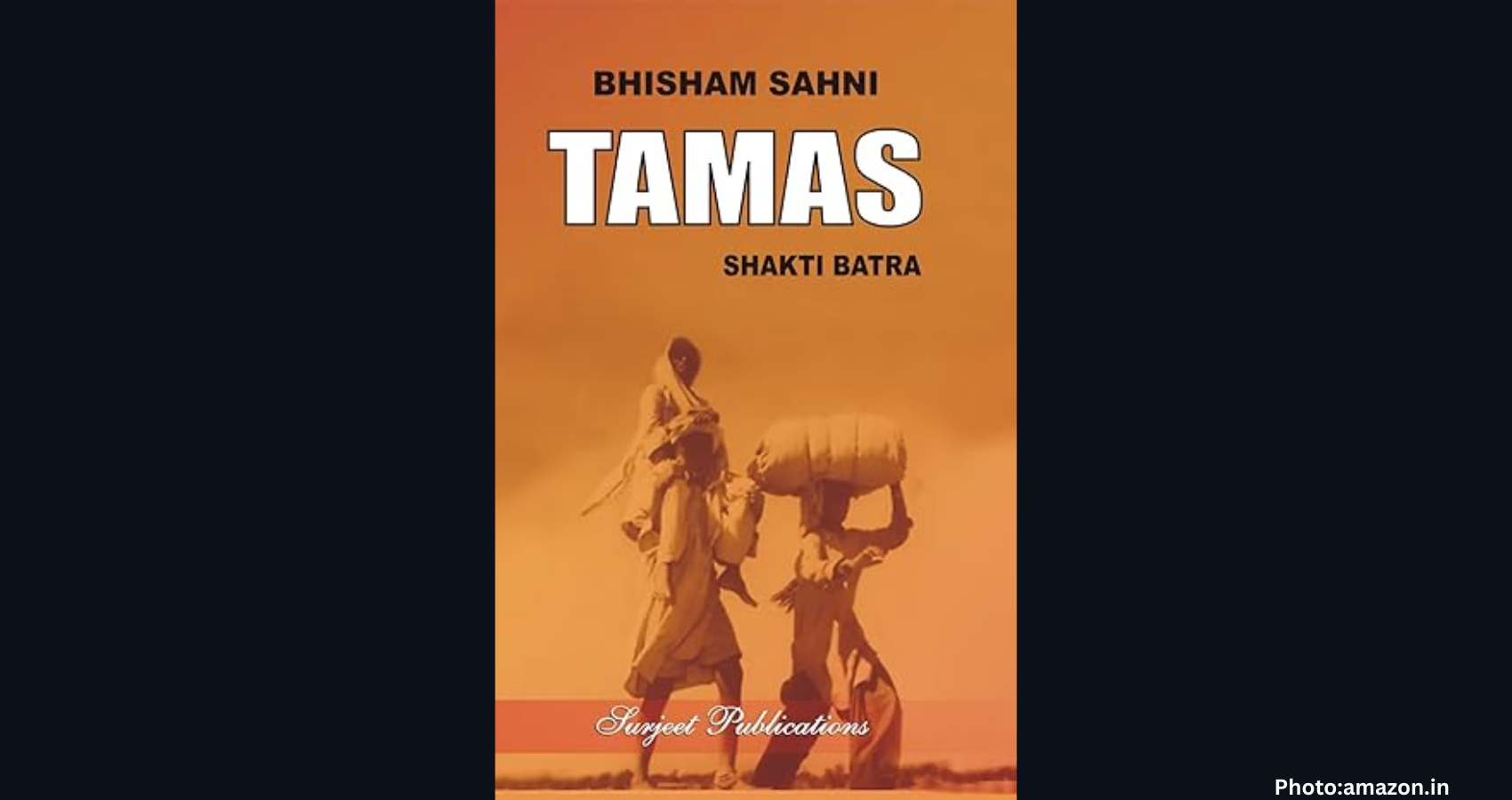Bhisham Sahni’s novel ‘Tamas’ serves as a poignant reminder of how easily communal violence can erupt, reflecting on the tragic history of the Indian Partition.
“History repeats itself, first as tragedy, and then as farce.” This famous quote by Karl Marx encapsulates the essence of Bhisham Sahni’s 1979 award-winning novel, Tamas. The book is a dark satire that explores the horrific riots that erupted during the partition of India and Pakistan, a tumultuous period marked by violence and chaos as the British colonial rule came to an end after nearly 200 years.
Despite being published over four decades ago, Tamas remains strikingly relevant in today’s political climate. The recurring themes of human hubris, greed, and the manipulation of communal identities resonate deeply in contemporary society. As tensions rise in various parts of the world, Sahni’s work serves as a cautionary tale about the ease with which communities can be pitted against one another.
Recently reprinted by Penguin Classics and translated by Daisy Rockwell, Tamas includes an insightful introduction that sheds light on Sahni’s motivations for writing the novel. He penned this poignant narrative thirty years after experiencing the brutal riots of partition firsthand, aiming to highlight the cyclical nature of violence and hatred.
Tamas chronicles the slow build-up to a communal riot in a small town in Northern India, set against the backdrop of partition. The story ignites with the butchering of a hog, an act that serves as a catalyst for the ensuing chaos. As the narrative unfolds, readers are struck by the parallels between the events depicted in the novel and the current global landscape, where political leaders exploit religious and communal loyalties for their gain.
Interestingly, the novel lacks a central character to anchor the plot. Instead, the riot itself emerges as the primary protagonist, illustrating how violence can arise from seemingly innocuous beginnings, much like a tornado forming out of a clear sky.
In her introduction, Rockwell notes that Sahni was compelled to write Tamas due to witnessing the cycle of hatred he had lived through during partition, which continued to manifest in communal riots in independent India. “The unseen hands may change, the location may change, the match that lights the tinder may change, but the formula remains chillingly familiar,” she writes. The novel offers profound insights into the fallacy of viewing riots as spontaneous events. Whether in Lahore or Washington, D.C., riots are rooted in decades of institutional violence and social injustice.
The narrative begins with Nathu, a local chamar, who is reluctantly tasked with butchering a hog. Despite the financial incentive, Nathu is unprepared for the gruesome task, which sets off a chain reaction of events that will alter the lives of many in the town. Sahni’s ability to weave dark humor into the grim subject matter allows readers to engage with the story without being overwhelmed by despair.
Throughout the novel, Sahni introduces a diverse cast of characters, each contributing to the unfolding drama. Among them are the British administrator Richard, whose manipulative nature exacerbates tensions; his wife Lisa, who struggles with her own demons; and members of the local Congress Committee and Muslim League, who represent the polarized political landscape. The narrative also features the well-meaning but ultimately ineffective Communist volunteer, Deb, who attempts to bridge the divide between the feuding factions.
As friendships that once flourished crumble under the weight of suspicion and misinformation, the novel illustrates how quickly trust can erode. The Hindu and Muslim communities, once neighbors and allies, find themselves at odds, fueled by rumors and the machinations of those in power. The British administrators exploit these divisions to their advantage, creating an atmosphere ripe for conflict.
The conclusion of Tamas provides a darkly comedic commentary on human nature, revealing the absurdities people employ to mask their guilt and erase painful memories. Despite the serious subject matter, Sahni’s sharp wit shines through, prompting readers to reflect on the complexities of human behavior in times of crisis.
In an era where there are concerted efforts to rewrite history, books like Tamas are more important than ever. They illuminate the mechanisms that can ignite violence and the fragility of peace, reminding us of the lessons that must not be forgotten.
TAMAS
By Bhisham Sahni
Translated with an Introduction by Daisy Rockwell
Foreword by Siddhartha Deb
Penguin Classics Trade Paperback (July 15, 2025)
ISBN: 9780143138051
Bhisham Sahni received the Sahitya Kala Academy award for Tamas in 1975. The novel was also adapted into a multi-episode series for India’s government-run television platform, Doordarshan, captivating audiences, particularly in Northern India, where the impact of partition was most acutely felt. The series, directed by Govind Nihalani and featuring Om Puri as Nathu, was later released as a four-hour feature film available on YouTube.
Source: Original article

